1 tetri (Erti Tetri)
15.0 mm × 1.25 mm
1.38 g
Copper-nickel alloy (silver color)
Obverse: The Borjgali (a Georgian symbol of theSun with seven rotating wings) over the Christian Tree of Life, and the date of mintage, “1993”, with Georgian and English marginal legends on it, “საქართველოს რესპუბლიკა” and “REPUBLIC OF GEORGIA”.
Reverse: The denomination numeral "1" on the upper part of the coin, with the legend “თეთრი” (tetri) and the vinetendrilunderneath.
The edge of the reverse of the coin is circled with the plant ornament.
2 tetri (Ori Tetri)
17.5 mm × 1.25 mm
1.9 g
Copper-nickel alloy (silver color)
Obverse: The Borjgali (a Georgian symbol of theSun with seven rotating wings) over the Christian Tree of Life, and the date of mintage, “1993”, with Georgian and English marginal legends on it, “საქართველოს რესპუბლიკა” and “REPUBLIC OF GEORGIA”.
Reverse: The peacockwith spread wings on the upper part of the coin, with the legend “თეთრი” (tetri) and denomination numeral “2” underneath.
The edge of the reverse of the coin is circled with the plant ornament.
5 tetri (Khuti Tetri)
20.0 mm × 1.32 mm
2.5 g
Copper-nickel alloy (silver color)
Obverse: The Borjgali (a Georgian symbol of theSun with seven rotating wings) over the Christian Tree of Life, and the date of mintage, “1993”, with Georgian and English marginal legends on it, “საქართველოს რესპუბლიკა” and “REPUBLIC OF GEORGIA”.
Reverse: The golden statue of thelion from the 3rd millennium B.C.barrow of theAlazani valley, with the denomination numeral “5”, and the legend “თეთრი” (tetri) underneath.
The edge of the reverse of the coin is circled with the plant ornament.
10 tetri (Ati Tetri)
22.0 mm × 1.27 mm
3.00 g
Inner ring: copper-aluminum-nickelalloy (gold color). Outer ring: copper-nickel alloy (silver color).
Obverse: The Borjgali (a Georgian symbol of theSun with seven rotating wings) over the Christian Tree of Life, and the date of mintage, “1993”, with Georgian and English marginal legends on it, “საქართველოს რესპუბლიკა” and “REPUBLIC OF GEORGIA”.
Reverse: Saint Mamairiding the lion, 11th century silver plate gilded with gold from the Gelati Monastery. The denomination numeral “10” on the right hand of the coin, and the legend “თეთრი” (tetri) underneath.
The edge of the reverse of the coin is circled with the plant ornament.
50 tetri (Ormotsdaati Tetri)
24.0 mm × unknown thickness
6.5 g
Copper-nickel alloy (silver color)
Obverse: The coat of arms of Georgia, surrounded with a symbolic image of Sunbeams, the legends “საქართველო”, and the date of issue “2006” under the coat of arms.
Reverse: The denomination numeral “50”, and the legend “თეთრი” (tetri).
The edge of the reverse of the coin is circled with dots.
50 tetri (Ormotsdaati Tetri)
19.0 mm × 1.40 mm
2.50 g
Brass plated steel.
Obverse: The Borjgali (a Georgian symbol of theSun with seven rotating wings) over the Christian Tree of Life, and the date of mintage, “1993”, with Georgian and English marginal legends on it, “საქართველოს რესპუბლიკა” and “REPUBLIC OF GEORGIA”.
Reverse: The relief of theGryphon from the eastern facade of 11th centurySamtavisi Cathedral, with the denomination numeral “50”, and legend “თეთრი” (tetri) underneath.
The edge of the reverse of the coin is circled with the plant ornament.
1 lari (Erti Lari)
26.2 mm × unknown thickness
7.8 g
Copper-nickel alloy (silver color)
Obverse: Half-milled. The coat of arms of Georgia, the legend “საქართველო” on the upper left side, and the date of issue “2006” on the lower right side.
Reverse: Half-milled. Denomination numeral “1” and legend “ლარი” (lari).
Both sides of the coin have a microelement, a lion head (analog of the old ColchianTetri coin).
2 lari (Ori Lari)
27.0 mm × unknown thickness
8.00 g
Inner ring: copper-aluminum-nickelalloy (gold color). Outer ring: copper-nickel alloy (silver color).
Obverse: The coat of arms of Georgia, the rim with a circular legend “საქართველო”, and the date of issue “2006”.
Reverse: Denomination numeral “2” and legend “ლარი” (lari). The silver-color milled surface has an original design, representing a central symbolic image of sun rays.
Both sides of the coin have a microelement, a lion head (analog of the old ColchianTetri coin).
1 GEL (Erti GEL)
115 × 61 mm
White
Obverse: Portrait of Niko Pirosmanashvili(Pirosmani), famous Georgian artist with the legend „Pirosmani 1862-1918".
Reverse: Panorama ofTbilisi, the capital of Georgia, and an image of a stag from Pirosmani's painting.
Coins minted since 2006
2 GEL (Ori GEL)
115 × 61 mm
Rose
Obverse: Portrait of Georgian composerZakaria Paliashvili and legend "Zakaria Paliashvili 1871 - 1933" . The left side features the overture notes of his opera "Abesalom and Eteri"
Reverse: Building of Tbilisi Zakaria Paliashvili opera and ballet state theatre with the legend „Tbilisi National Opera and Ballet Theatre 1887"
Coins minted since 2006
5 GEL (Khuti GEL)
115 × 61 mm
Brown
Obverse: Portarait ofIvane Javakhishvili, a Georgian academician, with legend "Ivane Javakhishvili 1876-1940"
Reverse: Building of Ivane JavakhishviliTbilisi State Universityand an open book and a plant ornament underneath
10 GEL (Ati GEL)
125 × 63 mm
Blue
Obverse: Portrait of Akaki Tsereteli, a famous Georgian poet and public figure, with the legend „Akaki Tsereteli 1840 - 1915", a swallow and blossoming branch
Reverse: Portrait of mother from Georgian artist David Kakabadze's painting "Imereti - Mother of Mine" and vine tendril
20 GEL (Otsi GEL)
131 × 65 mm
Navy yellow
Obverse: Portrait of Ilia Chavchavadze, a public figure, with the legend „Ilia Chavchavadze 1837 - 1907, the magazines „Sakartvelos Moambe" and „Iveria", founded by him and his personal belongings
Reverse: Portrait of Ilia Chavchavadze, a public figure, with the legend „Ilia Chavchavadze 1837 - 1907, the magazines „Sakartvelos Moambe" and „Iveria", founded by him and his personal belongings
100 GEL (Asi GEL)
140 × 67 mm
Light green
Obverse: Shota Rustaveli graphic portrait and the legend "Shota Rustaveli XII c". The composition of angels raising the cross is depicted on the left side of the banknote
Reverse: A composition from the Biblical story "Daniel in the den of lions" from the Martvili monastery relief, and the legend "Martvili VIIc."
200 GEL (Orasi GEL)
146 × 72 mm
Yellow
Obverse: Portrait ofKakutsa Cholokashvili. The background of the banknote is enhanced with fragments of relief images of Georgian Cultural Artifacts.
Reverse: City ofSukhumiand relief fragments of the iconostasis found in the villageTsebelda ofGulripsh district.
Upgraded banknotes in denominations of 20, 50 and 100 Lari will be gradually issued into circulation.
During the 20-year history of Georgian Lari, this is the first major upgrade of the banknote design.
Original and well-known Lari banknote themes have been preserved on upgraded banknotes, but at the same time, histories featured on the banknotes have been diversified with distinct, new elements. The modified design presents Georgian cultural and historical heritage with more precision and modern appearance.
The upgraded Lari banknotes are characterized with distinct color spectrum that is harmonically synchronized with dominant and contrast colors of the main plots.
Sizes of Lari banknotes have been upgraded as well. The diagonal and symmetric growth principle has been used for banknotes with respect to denominations.
The style of design, parameters and security features of the upgraded banknotes are modern, tested and consecutive for each denomination. Furthermore, the components of the design are maximally integrated into security features, which consequentially create a concept of the one family.
The upgraded Lari banknotes are protected with modern and high technological and security features that, at the same time, are easily intelligible to users. Furthermore, the banknotes still have the special improved features for visually impaired people.
The upgraded banknotes are made with special materials and security mechanisms that make them robust against contamination and natural wear-and-tear.
The world’s leading security printing companies such as “Giesecke & Devrient” (Germany), “Oberthur Fiduciaire” (France), “De La Rue”(England) have participated in the process of improvement of the upgraded design for the Lari banknotes created by National Bank of Georgia.
The banknotes of the previous issues will remain in parallel circulation with upgraded lari banknotes.
The banknotes in denominations of 5 and 10 lari will be upgraded later.
Upgraded banknotes in denominations of 20, 50 and 100 Lari will be gradually issued into circulation.
During the 20-year history of Georgian Lari, this is the first major upgrade of the banknote design.
Original and well-known Lari banknote themes have been preserved on upgraded banknotes, but at the same time, histories featured on the banknotes have been diversified with distinct, new elements. The modified design presents Georgian cultural and historical heritage with more precision and modern appearance.
The upgraded Lari banknotes are characterized with distinct color spectrum that is harmonically synchronized with dominant and contrast colors of the main plots.
Sizes of Lari banknotes have been upgraded as well. The diagonal and symmetric growth principle has been used for banknotes with respect to denominations.
The style of design, parameters and security features of the upgraded banknotes are modern, tested and consecutive for each denomination. Furthermore, the components of the design are maximally integrated into security features, which consequentially create a concept of the one family.
The upgraded Lari banknotes are protected with modern and high technological and security features that, at the same time, are easily intelligible to users. Furthermore, the banknotes still have the special improved features for visually impaired people.
The upgraded banknotes are made with special materials and security mechanisms that make them robust against contamination and natural wear-and-tear.
The world’s leading security printing companies such as “Giesecke & Devrient” (Germany), “Oberthur Fiduciaire” (France), “De La Rue”(England) have participated in the process of improvement of the upgraded design for the Lari banknotes created by National Bank of Georgia.
The banknotes of the previous issues will remain in parallel circulation with upgraded lari banknotes.
The banknotes in denominations of 5 and 10 lari will be upgraded later.
Upgraded banknotes in denominations of 20, 50 and 100 Lari will be gradually issued into circulation.
During the 20-year history of Georgian Lari, this is the first major upgrade of the banknote design.
Original and well-known Lari banknote themes have been preserved on upgraded banknotes, but at the same time, histories featured on the banknotes have been diversified with distinct, new elements. The modified design presents Georgian cultural and historical heritage with more precision and modern appearance.
The upgraded Lari banknotes are characterized with distinct color spectrum that is harmonically synchronized with dominant and contrast colors of the main plots.
Sizes of Lari banknotes have been upgraded as well. The diagonal and symmetric growth principle has been used for banknotes with respect to denominations.
The style of design, parameters and security features of the upgraded banknotes are modern, tested and consecutive for each denomination. Furthermore, the components of the design are maximally integrated into security features, which consequentially create a concept of the one family.
The upgraded Lari banknotes are protected with modern and high technological and security features that, at the same time, are easily intelligible to users. Furthermore, the banknotes still have the special improved features for visually impaired people.
The upgraded banknotes are made with special materials and security mechanisms that make them robust against contamination and natural wear-and-tear.
The world’s leading security printing companies such as “Giesecke & Devrient” (Germany), “Oberthur Fiduciaire” (France), “De La Rue”(England) have participated in the process of improvement of the upgraded design for the Lari banknotes created by National Bank of Georgia.
The banknotes of the previous issues will remain in parallel circulation with upgraded lari banknotes.
The banknotes in denominations of 5 and 10 lari will be upgraded later.
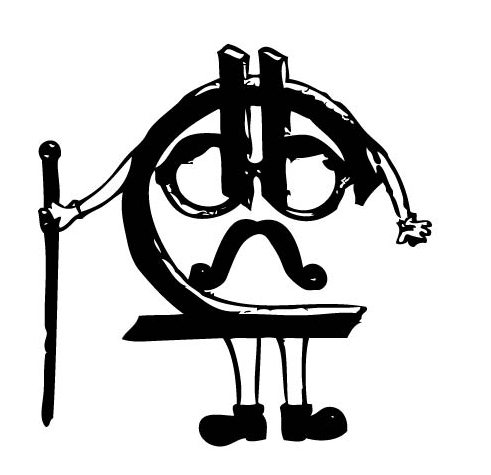











 Thomas Burns has arrived from Los Angeles to start his own business in Georgia. As a founder of Spectra Post, a post-production studio says that Lari devaluation affects him, too.
Thomas Burns has arrived from Los Angeles to start his own business in Georgia. As a founder of Spectra Post, a post-production studio says that Lari devaluation affects him, too.
 Anatoly Polichuk imports vehicle parts and accessories from the United States to Georgia.
Anatoly Polichuk imports vehicle parts and accessories from the United States to Georgia.














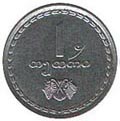

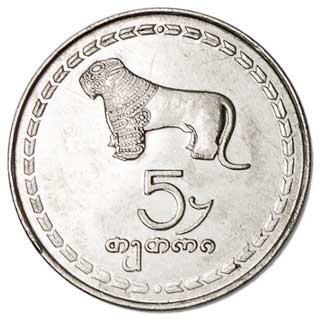
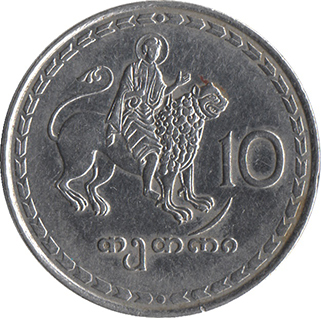
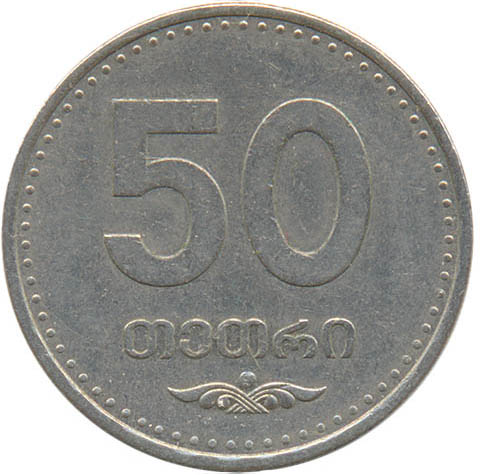
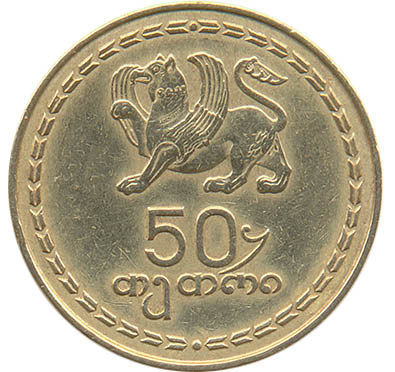
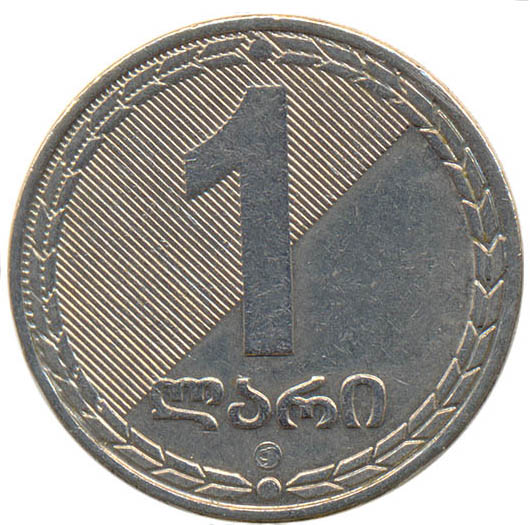
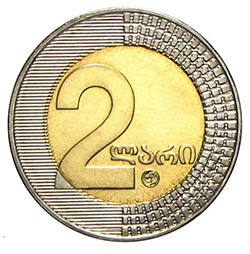




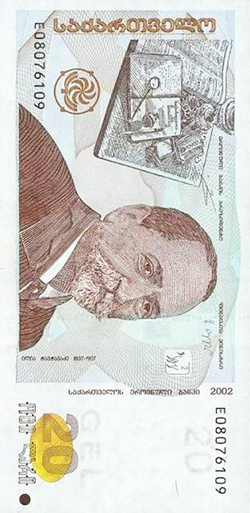
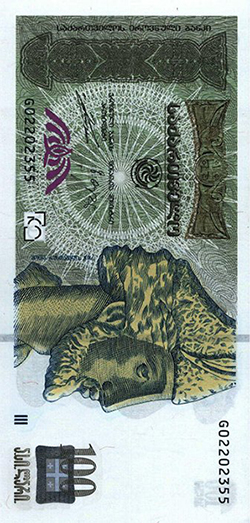
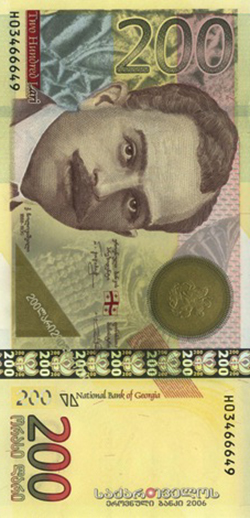
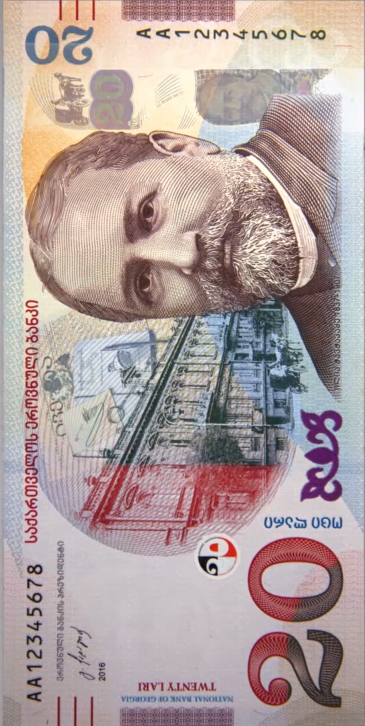
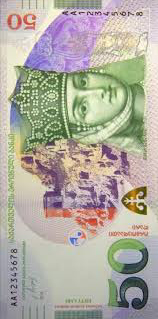
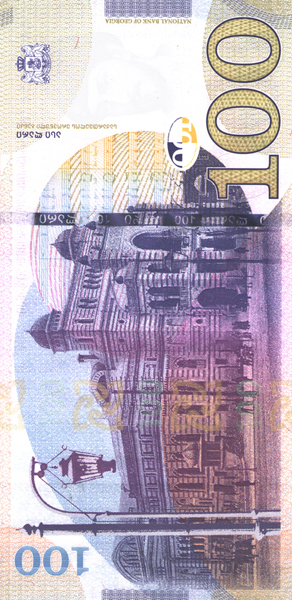
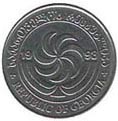
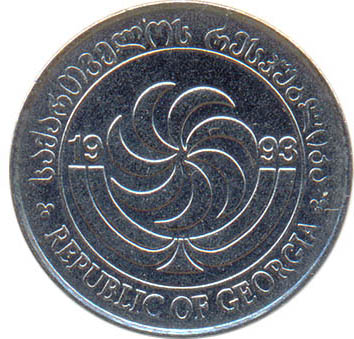
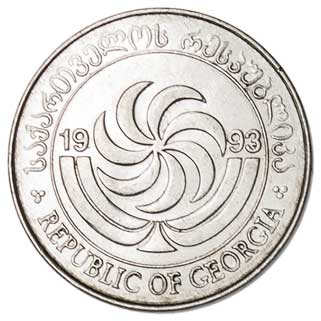
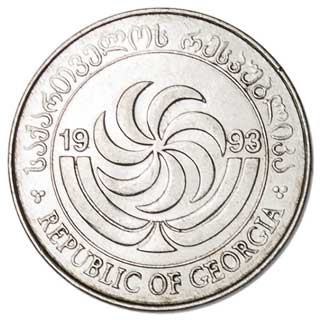
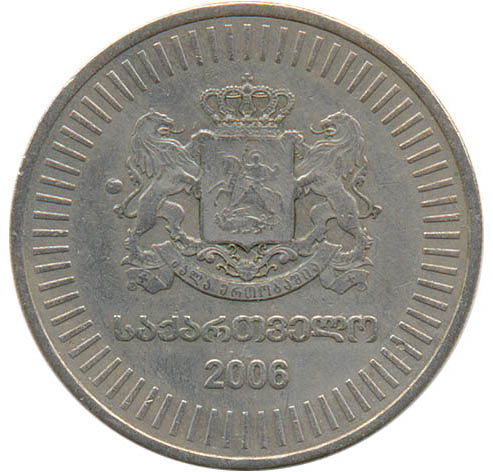
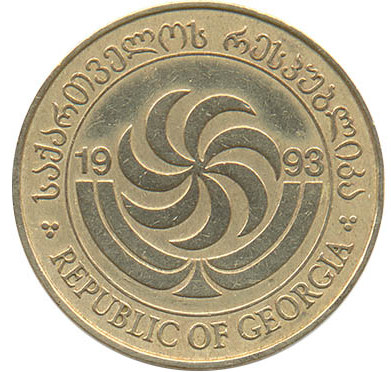
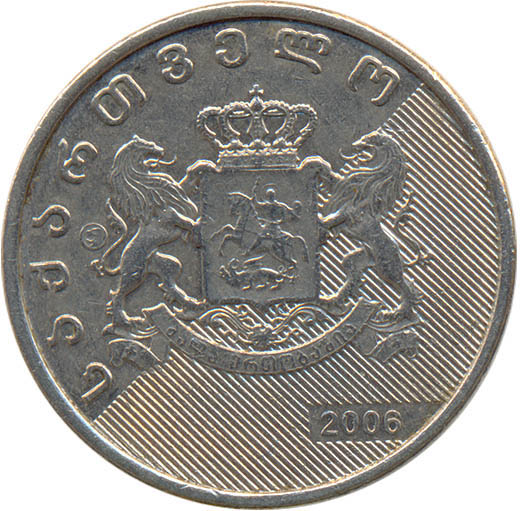
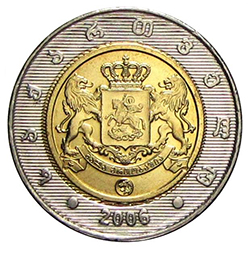



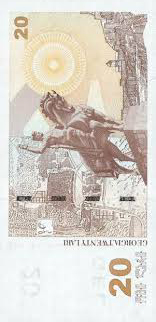
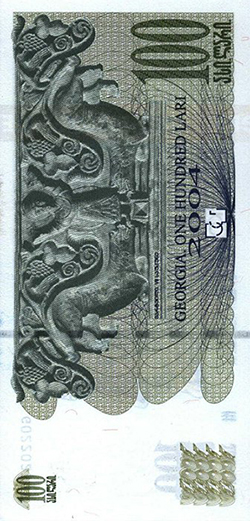
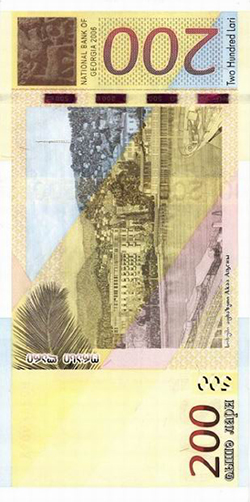
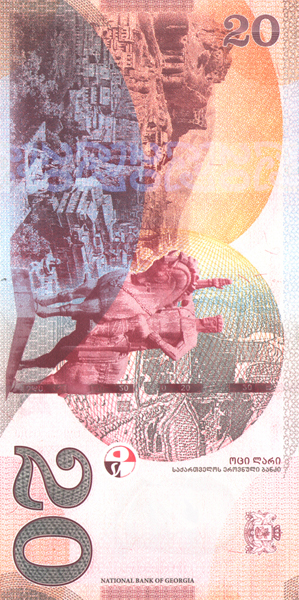
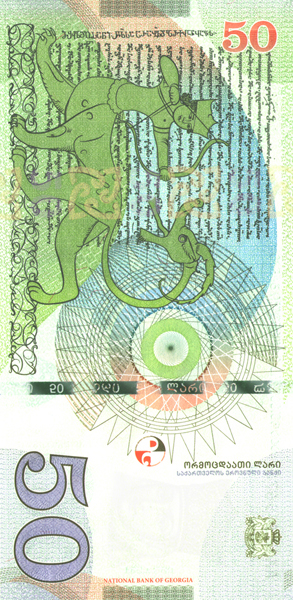
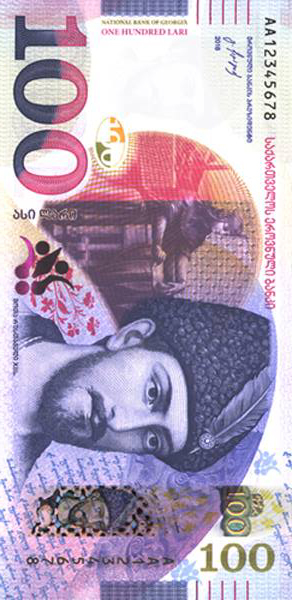















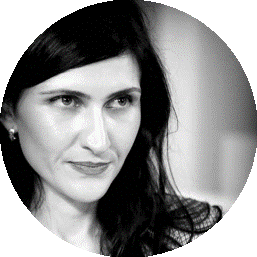



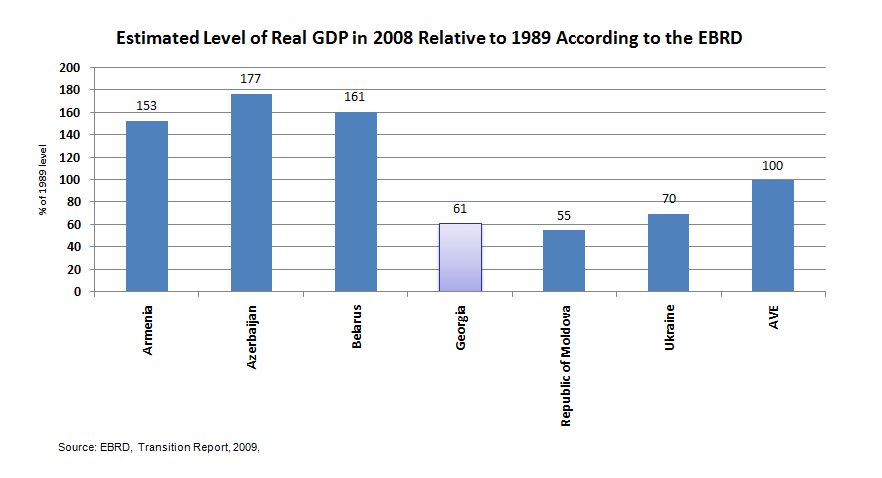
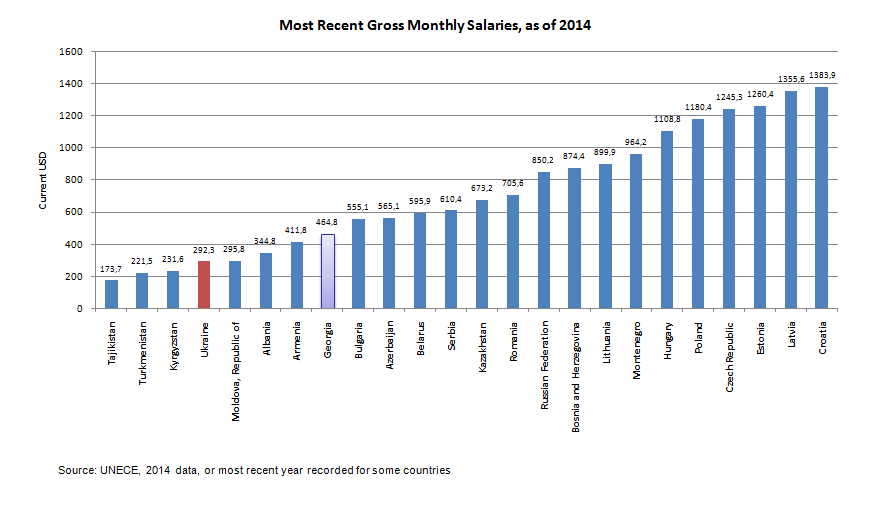
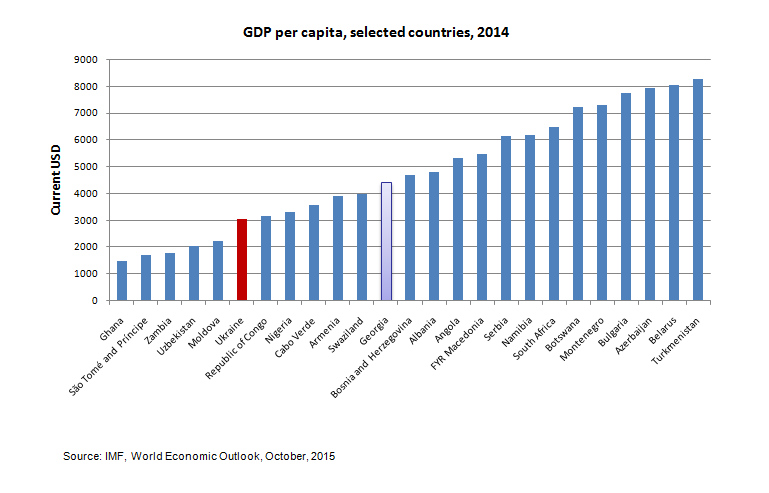
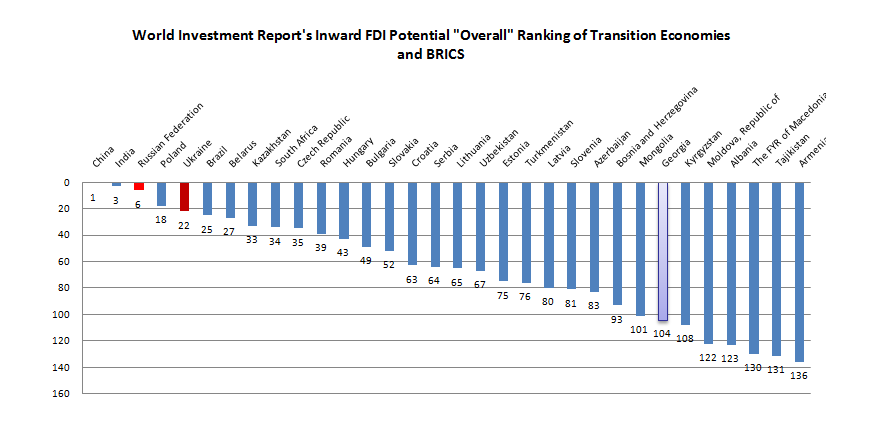
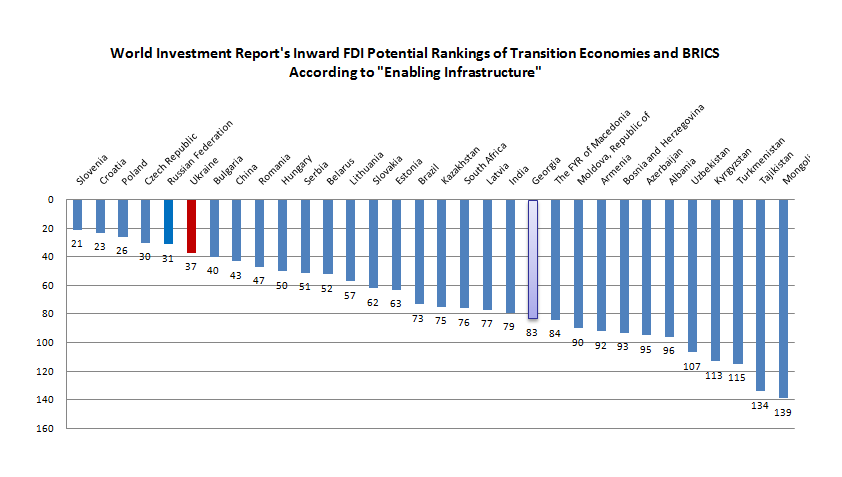
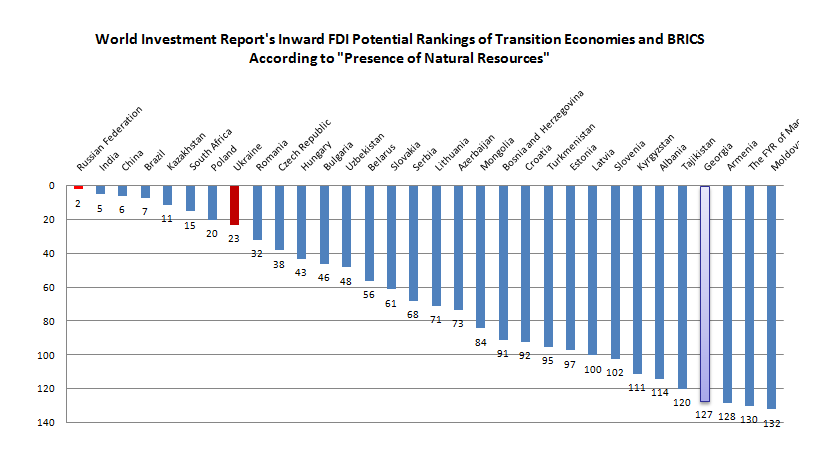
 More about the author:
More about the author: